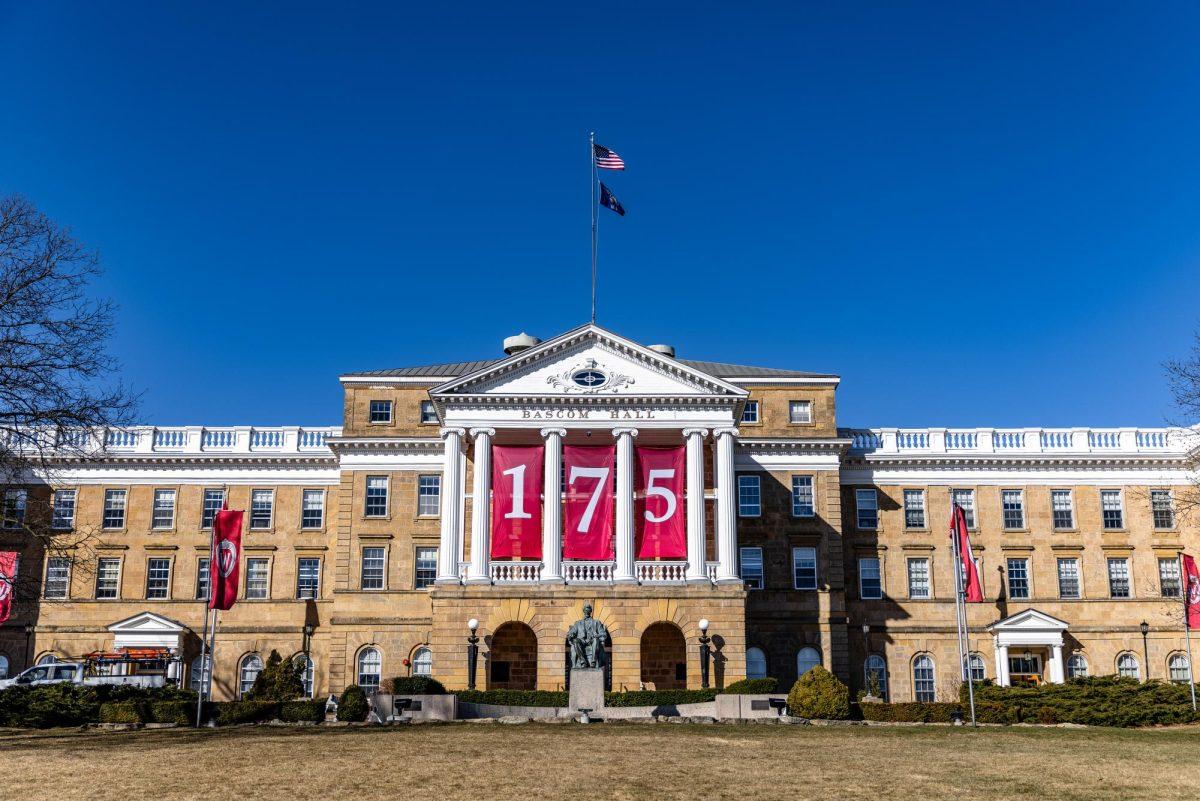In a recently published study on the effects of visual art on emotions, interest and social media engagement, assistant professor in the University of Wisconsin’s Life Science Communications department Nan Li and a team of researchers discovered a positive correlation.
Compared to conventional data graphs, the study found art representation increased positive responses to science, according to Li. A trend was observed between positive emotions and increased social media engagement.
Using visual art to represent science has become extremely popular, Li said. It was found that the emotional response to art makes people more willing to share it online, which ultimately increases the potential of science communication. The use of social media, specifically Instagram, allows younger generations access to science.
“Art as a tool for science communication definitely has a great potential to reach diverse audiences that scientists haven’t been able to reach in years,” Li said.
The elements and principles of art such as color, shape and contrast evoke certain emotional responses. Using this knowledge, especially in science communication, allows writers to persuade an audience’s response to information, Li said.
Data sovereignty reinforces Native-led research, representation, resilience
Art within science gives people more space to think about the issue. It’s an alternative visual language that’s interesting and emotionally appealing, according to Li. Art doesn’t necessarily inform more people but gives them a better chance to be interested and feel less fear.
Li’s research on how people reacted to COVID-19 images concluded images evoking the right balance of fear and disgust prompt personal concern with the issue.
Through previous research, Li found visual and narrative storytelling, or using images for communication, increases a person’s identification with the issue. According to Li, seeing someone with a similar identity in an informative piece made the issue more salient.
Despite making significant progress in increasing scientific understanding through art, one issue poses a challenge to this research, according to Li. Recent technological advances make it difficult to identify authentic art from AI-generated art, Li said.
The whole purpose of the study is to show the transformative power of visual art for science communication and how audiences respond, Li said.
“The idea of using art doesn’t mean that we have to replace science but to think of art as an alternative way … a tool to reflect on this from new lenses,” Li said.



















